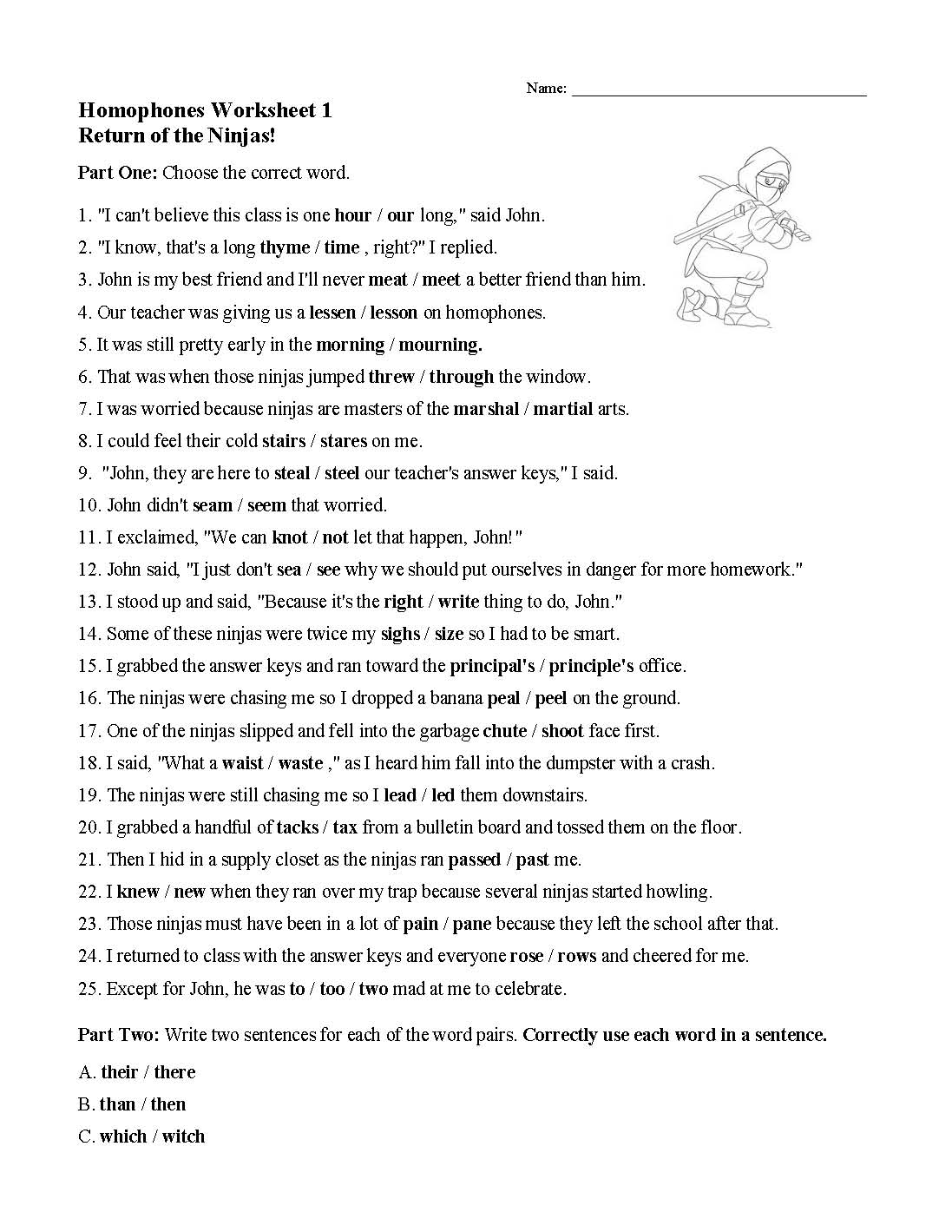
Some words sound very much the same, but have different spellings. We call these words homophones. An example of this would be their and there. Though most speakers pronounce these words exactly the same way, these two words have completely different meanings. Their shows possession or ownership. There shows location. Knowing the difference between their and there isn't really that important when you are speaking, but it is very important when you are writing. Things can get pretty confusing for readers when a writer chooses the wrong the word from a set of homophones.
Common Core State Standards specify that students have to master word choice. That means that a student must be able to recognize when the word steal should be used instead of the word steel, and literally hundreds of more pairs like steal and steel. So how can students get prepared for this? The same way that one gets to Carnegie Hall: practice, practice, practice! To help with this, I've created a bunch of resources on homophones and word choice and posted them below.
Homophones Worksheet 1Here are 25 practice problems on homophones. This homophone worksheet is themed around ninjas, which students seem to enjoy. Students read each example and choose the word that best completes the sentence. Then they practice using tricky homophones in their own sentences.


 button to download the RTF version of Homophones Worksheet 1. Use this version of Homophones Worksheet 1 if you want to make edits to the file." />
button to download the RTF version of Homophones Worksheet 1. Use this version of Homophones Worksheet 1 if you want to make edits to the file." />
 button to download the PDF version of Homophones Worksheet 1. Use this version of Homophones Worksheet 1 if you want to print or send the files as-is." />
button to download the PDF version of Homophones Worksheet 1. Use this version of Homophones Worksheet 1 if you want to print or send the files as-is." />
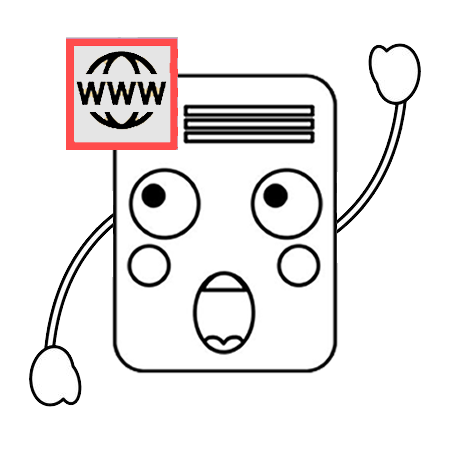
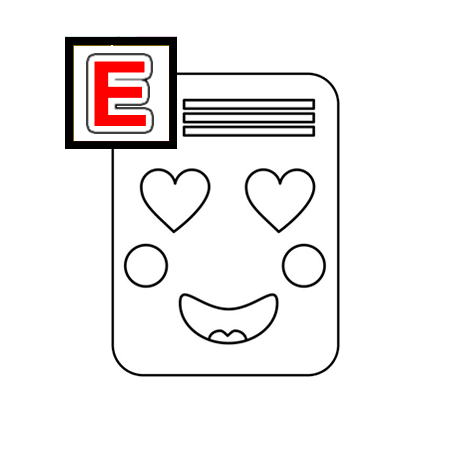
Looking for more practice with homophones? Here are another 25 practice problems on homophones. This worksheet is themed around an alien visitor. Students will read the questions and choose the homophone that best completes each sentence. Then they will practice writing sentences of their own with commonly confused homophones.
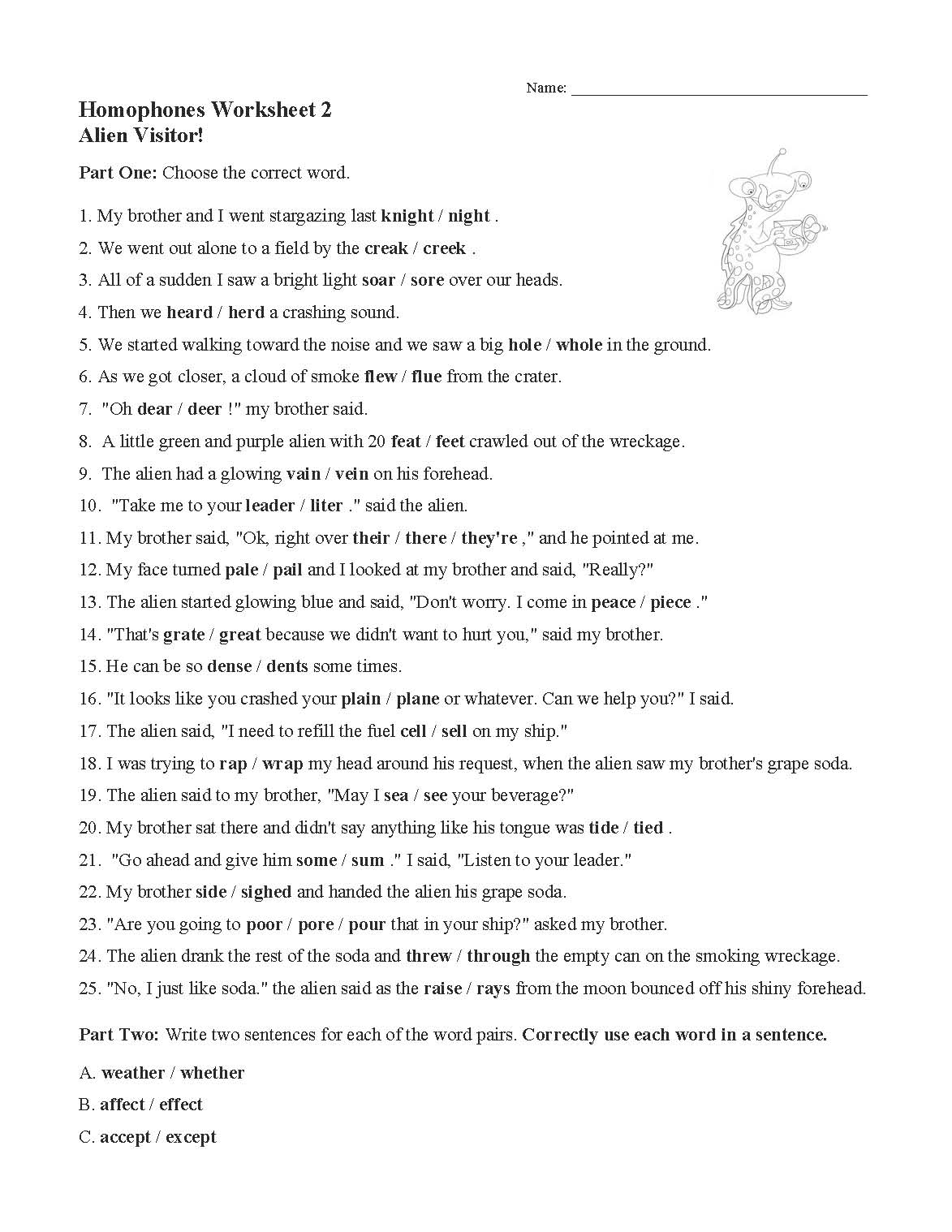

 button to download the RTF version of Homophones Worksheet 2. Use this version of Homophones Worksheet 2 if you want to make edits to the file." />
button to download the RTF version of Homophones Worksheet 2. Use this version of Homophones Worksheet 2 if you want to make edits to the file." />
 button to download the PDF version of Homophones Worksheet 2. Use this version of Homophones Worksheet 2 if you want to print or send the files as-is." />
button to download the PDF version of Homophones Worksheet 2. Use this version of Homophones Worksheet 2 if you want to print or send the files as-is." />


Are you still looking for word choice practice? This worksheet contains another 25 problems. Students examine groups of homophones and choose the best one that completes each sentence. Then students write their own sentences. This worksheet is themed around an underwater adventure. I hope that your students enjoy this one.
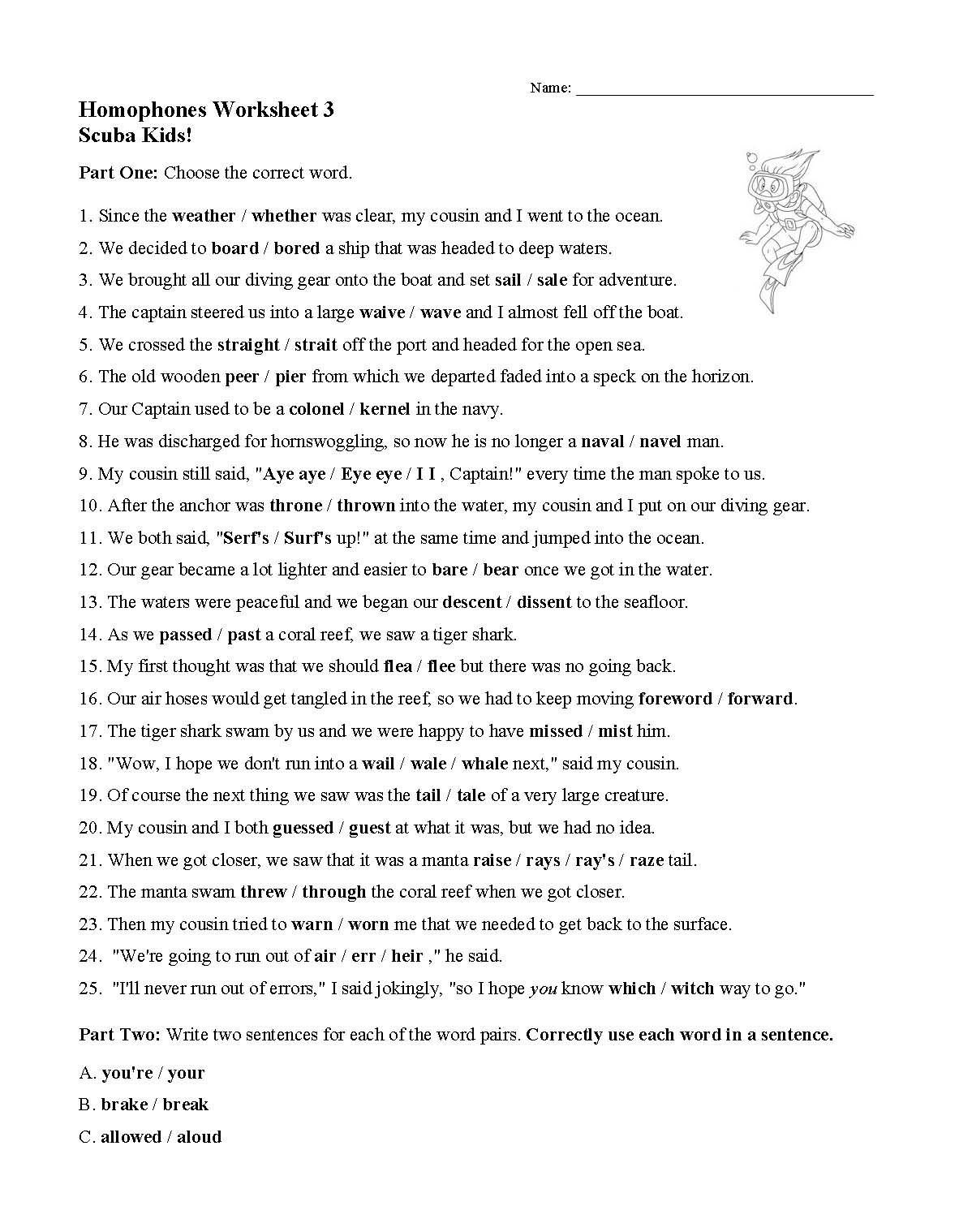

 button to download the RTF version of Homophones Worksheet 3. Use this version of Homophones Worksheet 3 if you want to make edits to the file." />
button to download the RTF version of Homophones Worksheet 3. Use this version of Homophones Worksheet 3 if you want to make edits to the file." />
 button to download the PDF version of Homophones Worksheet 3. Use this version of Homophones Worksheet 3 if you want to print or send the files as-is." />
button to download the PDF version of Homophones Worksheet 3. Use this version of Homophones Worksheet 3 if you want to print or send the files as-is." />



Homophones: Sound the same but have different spellings.
Homonyms: Have the same spelling but different meanings.
Homographs: Have the same spelling but different pronunciations.
These terms can be quite confusing, but if you know the meanings of the word roots, it is actually quite easy to remember.
Homo
Homo means same, as in homosexual: a person attracted to members of the same sex.
Phone
Phone means sound, as in telephone: to sound across.
Homophones are words that sound the same but have different spellings.
Examples:hear and here.
Hear refers to the act of perceiving sound. Here describes a location or position.
Nym
Nym means name, as in pseudonym: a fake name.
Homonyms are words that have the same sound and the spelling, but different meanings.
Examples:ear and ear.
One refers to an ear of corn, the other to a human organ responsible for hearing.
Graph
Graph means writing, as in biography: life writing.
Homographs are words that have the same spelling, but different meanings and different pronunciations.
Examples:wind and wind.
One refers to a blowing breeze, while the other refers to the act of turning a crank.
Here is a PowerPoint lesson that teaches the differences between these commonly confused word types. It is a quick and concise lesson on homophones, homonyms, and homographs with a focus on word roots to help students remember the meanings.